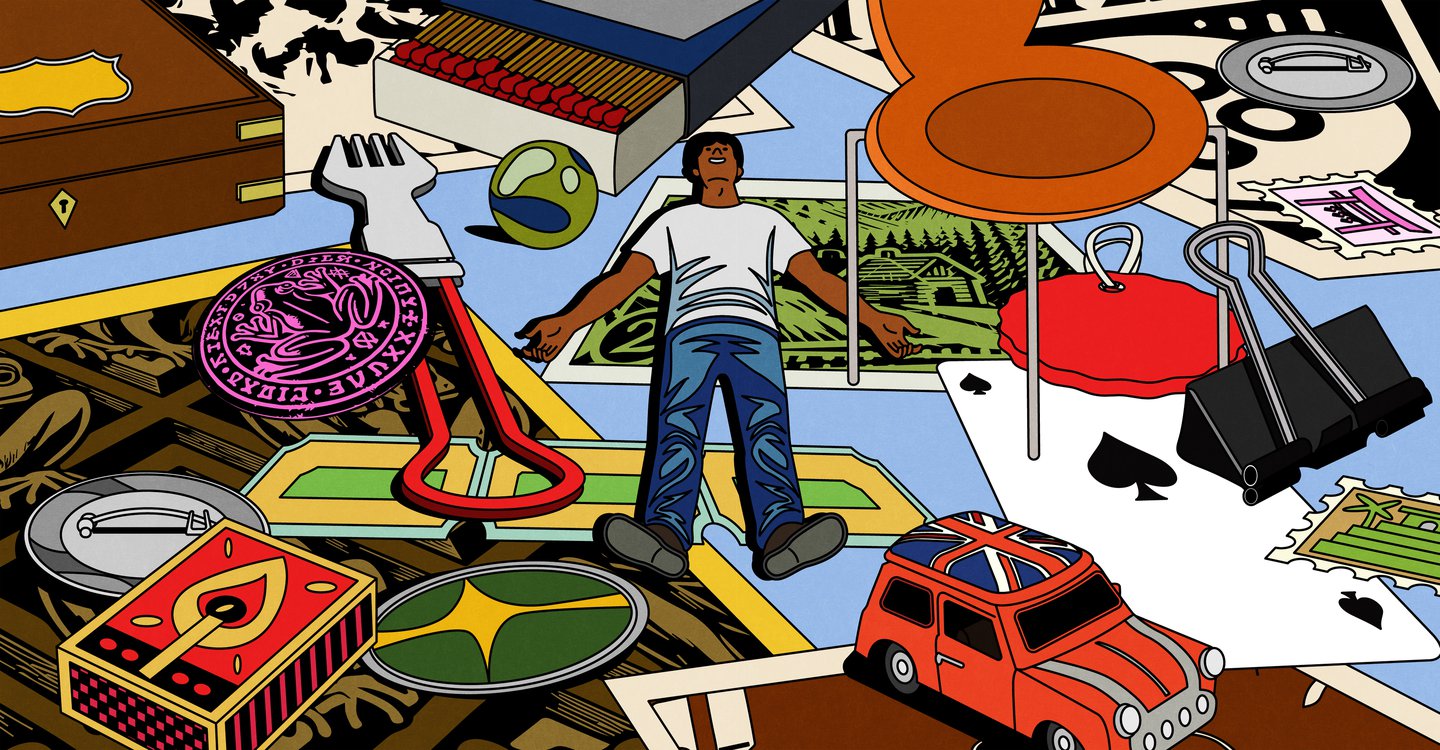I can’t stop thinking about: Bread, hardware, Drag Race… living as a mountain goat?
If there is one thing creative brains are very good at, it’s paying attention to things people might normally just pass by. A lot of us can become quite easily obsessed with completely ordinary or mundane things that turn into the starting point for a creative project, and the more we magnify them, the more they appear to be beautiful.
Take artist and designer Liang-Jung Chen, for example. In the development of their wonderful collection of items that you might find under the sink or in your family toolbox (also known as The Hardware Archive), they turned a habit of “collecting items at local hardware shops” – small, humble things that they are “utterly obsessed with” – into a satisfying online exhibition that frames these finds with an investigation into their material culture.
Similarly, New York-based artist, writer and baker Lexie Smith has turned to something we eat every day without a second thought for a creative muse, biting into the potential of bread through her archive and online resource, Bread on Earth. In her Nicer Tuesdays talk last month, the artist shared: “The more obsessed with bread I got, the easier it was to convince other people that they should care about it also,” the project itself uncovering the humble foodstuff to be “a material, an object and an idea” that is “a gateway to bigger conversations about what it means to be human.” This understanding of bread as a “kind of lingua franca” has led her to make The Bread Web: An intriguing open source database of global bread types based on years of her research, soon to go live.
Whilst Lexie and Liang might have followed interests that reframed what we know as familiar, forcing us to see their subjects in a new light, some of our creative obsessions can at first, be much more, well… out of the ordinary. Designer and writer Thomas Thwaites, for example, is famed for becoming very interested in the idea of taking a holiday from being a human to live as a mountain goat, a project that he outlines in his second book: Goat Man (his first being: The Toaster Project, the journey of his attempt to make a toaster, from scratch, only using raw materials.)
Thomas’ projects often start with obsessions with weird and wonderful concepts that are very simple but, from the outset, seemingly impossible to achieve:“Sometimes the research stage just explodes into this impossible feat,” he says, “and you realise that what you’ve set out to do could be an entire PhD”, he shares.
